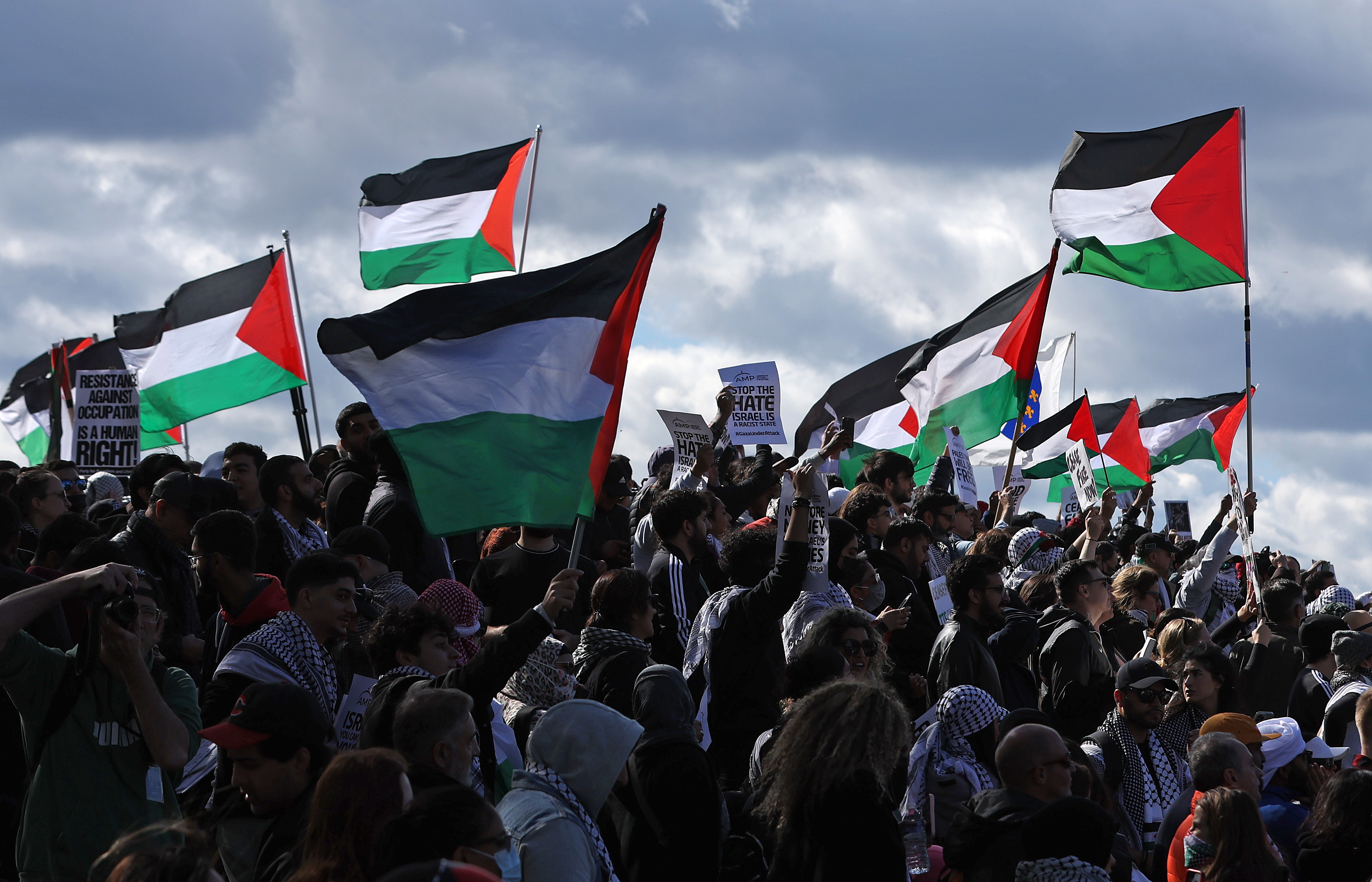Ever since the construction of Boston’s Fenway Park in 1912, the towering, 37-foot-high left field wall known as “the Green Monster” has been one of its most iconic architectural features. But in recent years, the beloved ballpark has been attracting attention for a more modern architectural amenity (one that is “green” in a different sense): a 5,000-square-foot sustainable rooftop garden area, located just behind the Green Monster, that produces 4,000-to-6,000 pounds of fresh organic produce a year.
Red Sox fans enjoy the garden’s eggplant, carrots, onions, peppers, beets, kale, cherry tomatoes, herbs, spices and other produce in the ballpark’s restaurants and concession stands, which reduces the amount of produce that must be trucked in by about 20 percent each year. The garden also lowers the roof temperature by up to 10 percent and collects rain runoff.
The rooftop garden also serves another purpose: to showcase the potential of organic, urban agriculture, a sustainable farming practice that some experts believe could, if adopted widely, significantly reduce greenhouse gas emissions and bring a host of other benefits. Over the past decade or so, the idea has moved from the fringes to become a topic of active discussion in much of the world. Developmental organizations have increasingly begun to stress the need to develop “resilient,” local food systems to feed the urban poor, which are expected to flock to urban centers in the decades ahead.
Urban gardens also help reduce greenhouse gas emissions in two ways. First, like all organic agriculture, they don’t use synthetic nitrogen fertilizers. Eliminating these fertilizers generally would reduce agricultural emissions by about 20 percent, according to the National Resources Defense Council. Second, growing food locally, rather than flying and trucking it in from distant farms, could chip away at emissions from agricultural transport vehicles, which accounts for about 5 percent of household carbon emissions.
Although urban farming has taken off in Europe, Canada and many developing nations, it has lagged in the U.S. Fenway Farms is part of an effort to change that. The garden is operated for the Red Sox by Green City Growers, a 15-year-old, for-profit Massachusetts-based company that promotes locally based, sustainable agricultural practices. In addition to Fenway, Oracle Park in San Francisco has a rooftop garden, though it’s not run by Green City Growers.
A few years ago, the company consisted largely of a handful of “hip young people” in the metropolitan Boston area riding around on bicycles, installing and operating residential gardens, says company president Chris Grallert. Today, Green City Growers operates more than 250 urban gardens in backyards, corporate campuses and public schools across the northeast. They include a 1.6-acre garden for Fidelity Investments, New England’s largest rooftop farm on top of a Whole Food Market in Lynnfield, gardens used for educating students in 53 Boston public schools, and an installation at the Boston Children’s Museum. The company’s staff of 30 have helped introduce thousands of school children, volunteers and employees to the joys of sustainable farming.
The Fenway project aligns with the company’s social mission to introduce city dwellers to the positive power of plants. “The most important thing about Fenway Park is its high visibility,” says Grallert. “Tens of thousands of people see Fenway Farms every year. When they walk around the corner, they see this amazing garden on the rooftop of the corporate offices of the Boston Red Sox and go, ‘Wow.’ It’s a great learning experience right there in and of itself. People realize what’s possible.”
The company started in 2008 when co-founder Jessie Banhazl quit her job as a production assistant for the reality television show Wife Swap and moved back in with her parents in Wayland, Massachusetts, intent on finding a new, more meaningful vocation. Banhazl, who was 24 at the time, had gotten a phone call from a college friend, Gabriel Erde-Cohen, the other co-founder, who recommended Michael Pollan’s 2006 book, The Omnivore’s Dilemma, and asked her to help him set up a “backyard farming business.”
The book changed Banhazl’s life—in particular, Pollan’s explanation of how the rise of modern agricultural practices after World War II (made possible by the development of big tractors, nitrogen fertilizer and a wide array of other technological innovations) helped massively increase yields. But those developments also led to centralized food production that relied heavily on fossil fuel emissions and pesticides, and distanced consumers from the source of their food.
“The idea of getting people to understand the value of eating food that is organic, that is better for you and better for your system, was very appealing,” Banhazl tells Newsweek. “As was the idea that we’ve got all these spaces and they’re not doing anything. And if you’re growing vegetables, you’re growing life, you’re growing something that people can consume to stay alive. It was the opposite of working in reality television.”
Banhazl and Erde-Cohen began distributing fliers and setting up tables at local farmers markets, offering to install raised garden beds in small spaces, such as backyards, driveways, rooves and city lots, and then return every week or so (depending on size of the crop) to maintain it. A feature in a local foodie publication got the attention of the first corporate clients, including Harvard Pilgrim Healthcare, which wanted to create a garden for its staff as part of an employee wellness program, and the B Good restaurant chain. By 2014, Banhazl had pitched Linda Pizzuti Henry, a co-owner of the Red Sox, on the rooftop gardens, after meeting her through a local business accelerator.
Banhazl has looked abroad for inspiration. In 2019, as part of a five-week fellowship, she met with 50 organizations in eight cities in Sweden, Germany and France to gather best practices. Berlin had filled 25 square miles of public park spaces with community gardens. The Swedish cities of Gothenburg and Malmo outfitted city-owned parcels with greenhouses, fences and water, reducing barriers to entry for a new generation of urban farmers; today, 200 farms occupy 11 square miles of city land in the two cities. And on her trip, Banhazl found that Paris had converted 247 acres to green space and dedicated roughly a third of them to urban agriculture; by 2019, more than 60 urban farming organizations had sprung up.
With the percentage of the world’s population living in urban areas projected to swell from 50 percent to 70 percent by 2050, urban farming has become a hot topic. More than 190 cities around the world have signed what’s known as the Milan Urban Food Policy Pact (MUFPP), committing themselves to building sustainable and resilient urban food systems. In Bobo-Dioulasso, a city in Burkina Faso, land surface temperatures increased about six percent a year between 1991 and 2013. The city responded by promoting agroforestry activities in open urban lots and planting fruit-bearing trees and fresh vegetables, to be provided to participating households. The city of Toronto plans to double its current tree canopy, in part by providing funds to community orchards and gardens as well as home gardens.
Grallert, the current CEO of Green City Growers, is a Boston-area native with a background in commercial agriculture. He was running a large commercial apple orchard in the high Arizona desert and had been looking to move back home when he heard of Green City Growers in 2015 and decided to invest in it, eventually taking the top job. He has since helped bring in investors and launched an expansion. (Banhazl, after more than 13 years in the business, sold her stake in 2021 to Tanimura & Antle, a Californian grower and seller of conventional and organic fresh lettuce, broccoli, cauliflower and other vegetables). Grallert sees Green City Growers as a “beachhead” for a future in which distributed food production systems are a major source of produce and city dwellers across the nation are empowered to grow their own food.
“Green City Growers connects with thousands and thousands of people—tens of thousands of people every year who work in our gardens,” he says. “We send garden educators out on a weekly basis to more than 200 sites to engage with people about organic vegetable gardening.”
If the trend continues, urban gardens could play a bigger role in the greening of the American food industry in the coming years. “Distributed production agriculture is going to be a much bigger part of the future,” says Grallert. “We’re not sure yet exactly what it will look like. Consumers are asking for it, society’s asking for it.”










